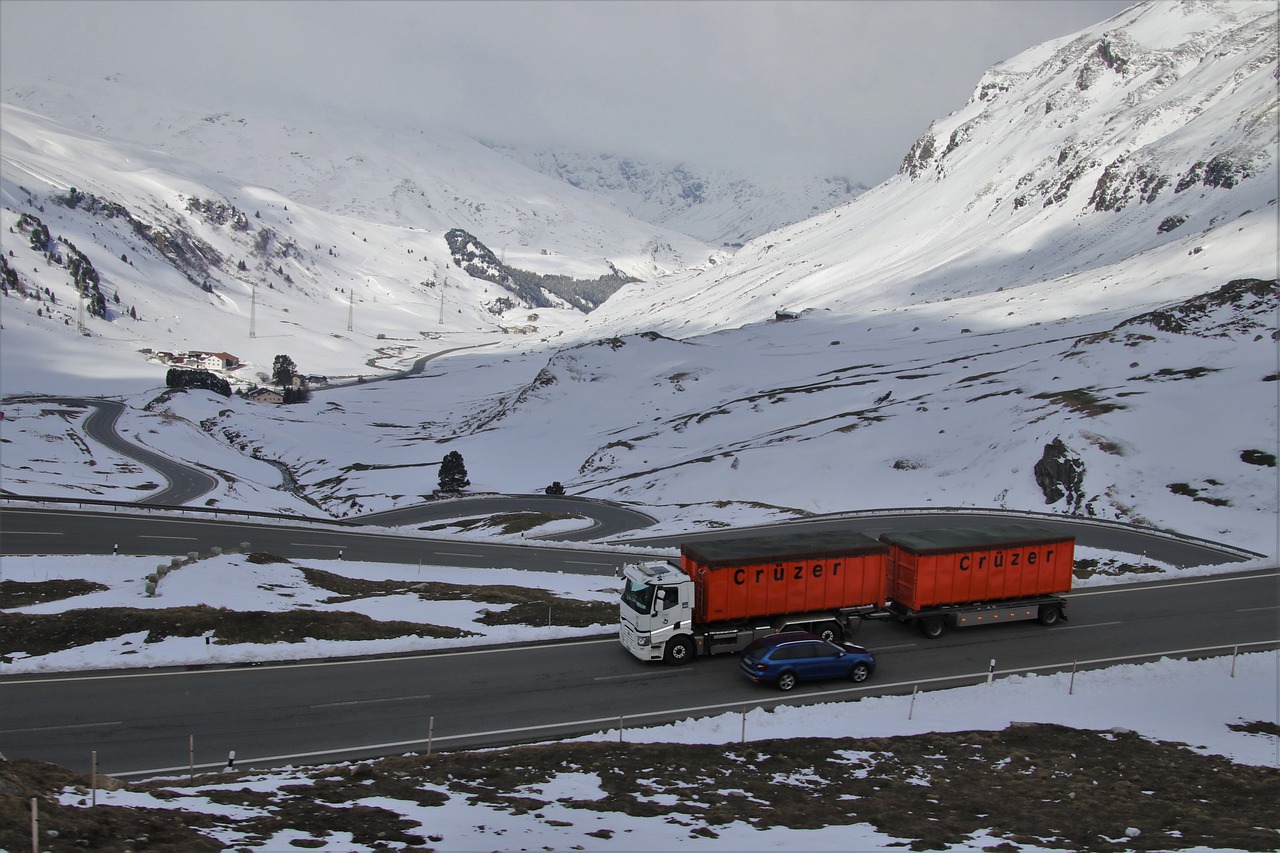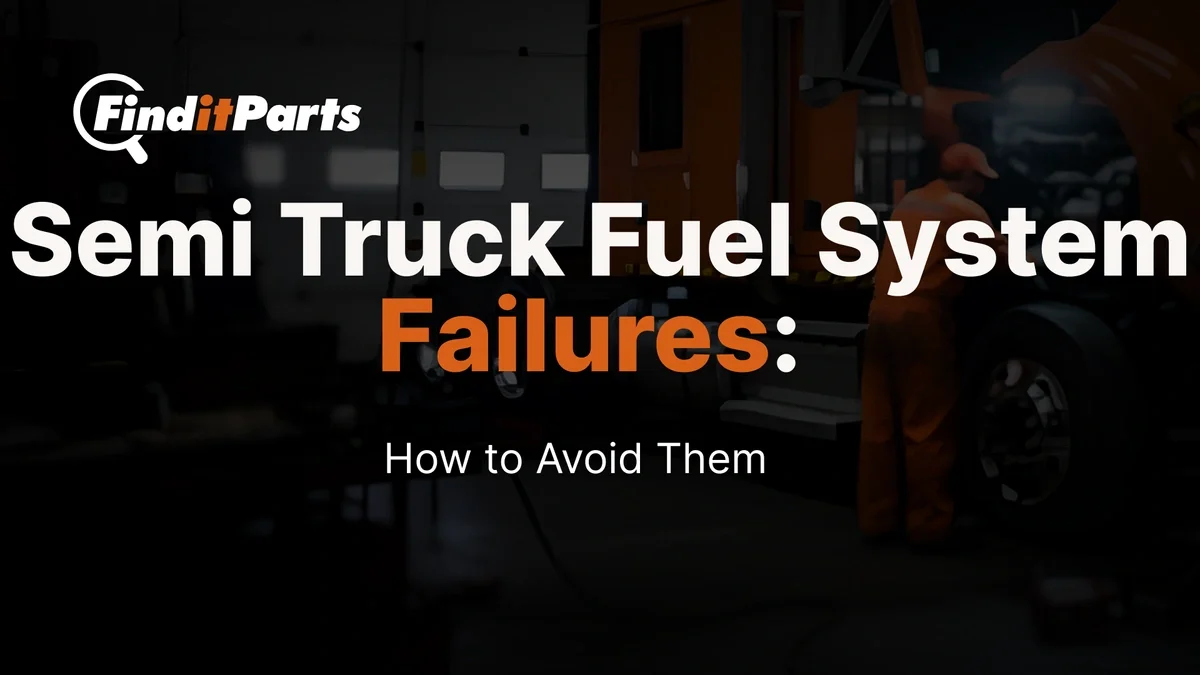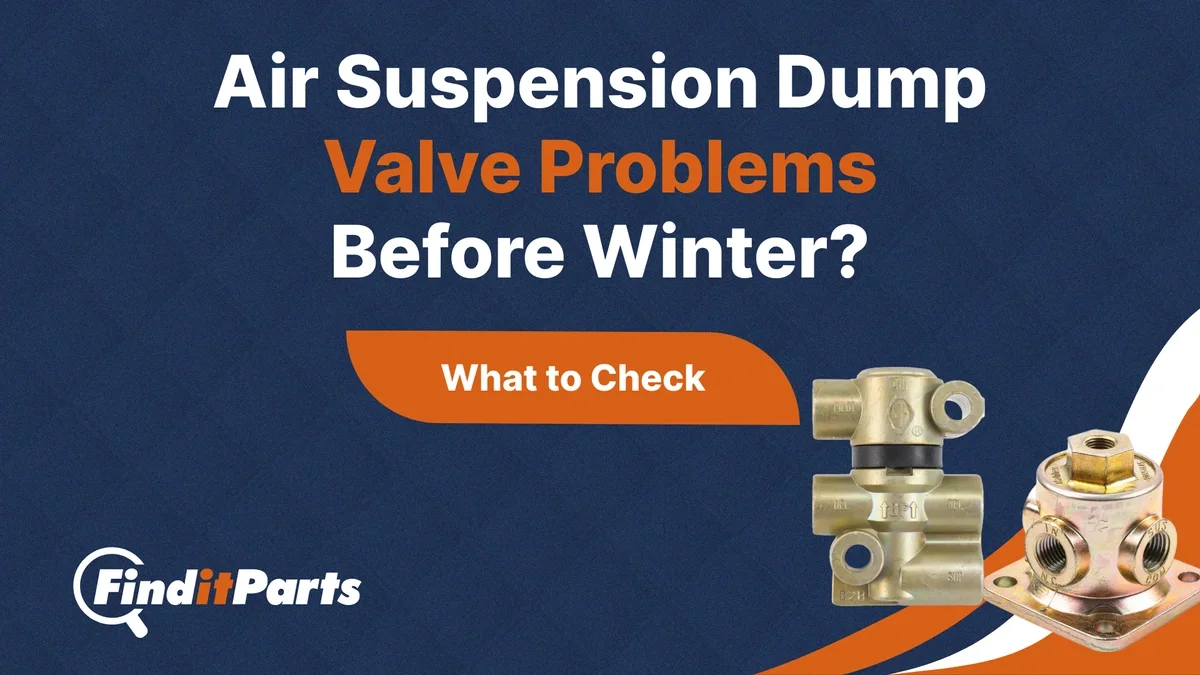Need help? We're here!
(888) 312-8812 Login SignupWinter Kit Essentials Every Truck Driver Must Have
January 05, 2021

Image Source: Pixabay
Winter often brings up visions of cozy fireplaces and mugs of hot cocoa, but this also means a stressful driving season for truckers. What could be just a minor problem in warmer seasons could prove serious during a snowstorm. But while the snow, ice, and colder weather pose many challenges to truck drivers, they can be managed or even prevented with the proper gear.
Whether you are an owner/operator or drive for a big fleet, having your own winter driving kit is crucial to surviving the cold winter months. Different drivers have their own unique list of items to swear by, but we’ve compiled the most important (and popular) ones as well as alternatives you may want to consider.
Blanket
A woolen blanket or sleeping bag is one item any truck driver should have in his kit. Vehicle breakdowns in cold weather often mean the heater is also unusable, so having a heavy blanket will help keep the cold at bay while waiting for rescue. If space is a concern, you can also use lightweight heat-reflecting space blankets like those used by paramedics. They may not be as comfortable as wool, but they weigh almost nothing and cost only a few dollars.
Tire chains
Tire chains are the classic tried-and-tested solution for icy roads, but they are also notorious for tearing up the roads themselves and are subsequently regulated in various states. One new alternative you can try is the AutoSock. The AutoSock is a cover made of a special textile that provides additional traction across ice without damaging the road surface. This cover is also very flexible and can easily be removed or attached as necessary.
Regardless of what type you choose, having a set of these devices in your kit will help you avoid traction problems and make your trip safer on ice or snow-covered roads.
Sand or grit
A sealed container of sandbox sand or grit rock can provide emergency traction when sprinkled under the tires. The small granules can provide a grip over slick snow or ice that would prove impossible for normal treads to grab on to. You can also use kitty litter as an alternative, but be sure to get the non-clumping kit to ensure an even layer on the ice.
If having a bucket of sand in your truck isn’t your cup of tea, many drivers also recommend the use of so-called vehicle recovery boards. More popularly known as Maxtrax, these recovery boards feature built-in cleats that sink into the tire tread and terrain, preventing the tire from slipping.
Recovery strap
Recovery straps are similar to tow straps but are more flexible and less likely to come loose under strain. These straps can get your truck off a shallow ditch with minimal damage. Just make sure that the vehicle pulling on the other end is capable, and the straps are tied on strong points on both the towing and towed vehicle.
Reflector triangles
Now a common sight in most emergency kits, emergency reflector triangles are placed in front and behind the vehicle to help alert other drivers of its presence. These devices are invaluable during roadside emergencies, as these can help make you and your truck visible, especially in heavy snowfall.
Additional winter clothing
In a snowstorm, what you’re wearing can spell the difference between staying warm or suffering from hypothermia. Ideally, you should have a full winter kit that should allow you to spend at least an hour in cold weather. But if there isn’t enough space, at least a pair of quilted coveralls or an insulated jacket and pants combo is a must. Be sure to have an extra pair of gloves and hands ready as well.
Flashlight
Anyone who has had to change a flat tire in the dead of night knows how much of a lifesaver a flashlight can be. This is even more important during winter as the longer you stay outside in the cold, the higher the risk of hypothermia.
Even a basic battery-powered flashlight you’d find sold in most truck stops would do, but it’s better to invest in a high-quality flashlight. Many drivers also recommend using a headlamp for hands-free lighting while performing roadside checks and maintenance. Better yet, a portable LED worklight with a built-in strobe will provide even better illumination as well as signaling, especially during snowstorms.
Food and drinking water
Storing bottled water and food in your cab is always a good idea in any weather, but in emergencies such as snowstorms having food and water on hand can make waiting for rescue a bit more bearable. Make sure to pack non-perishable food items, such as crackers or prepackaged snacks, for example, and keep your drinking water supply in containers that are safe for use in freezing temperatures. Also, contrary to popular belief, eating snow is not a good way to stay hydrated as, aside from being very unhygienic, it takes a lot more energy for your body to heat and melt the snow.



